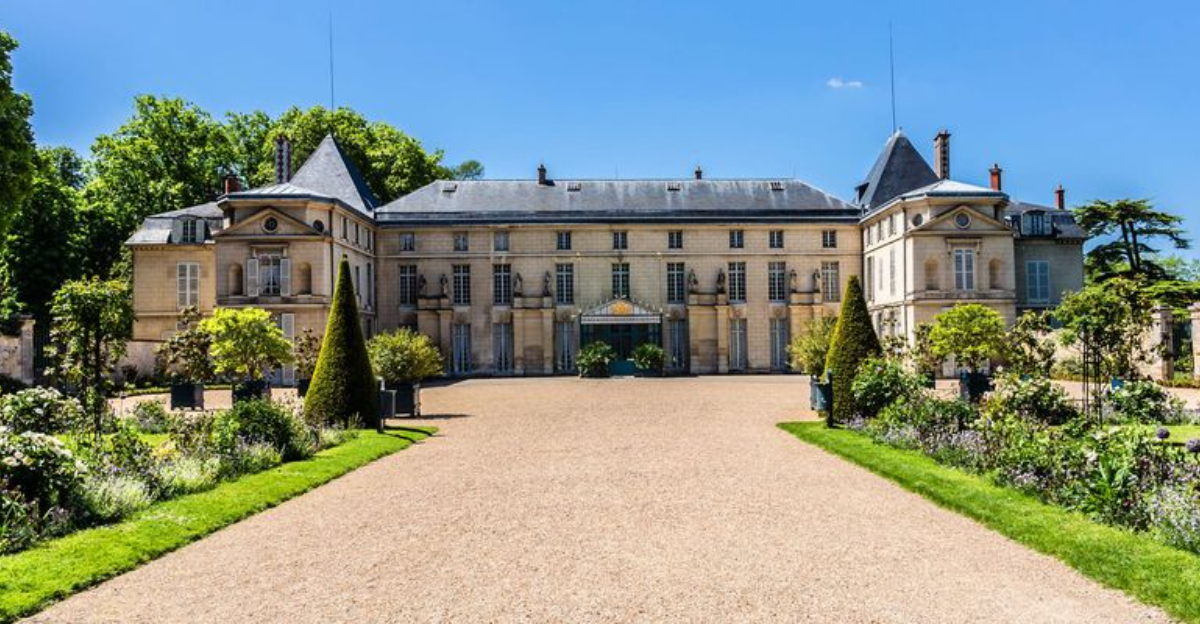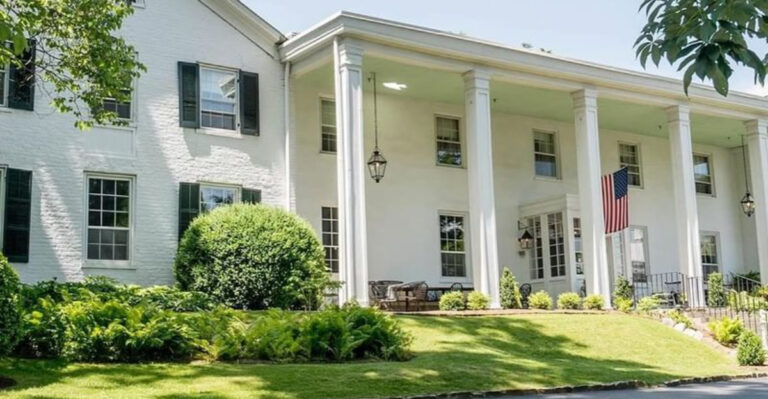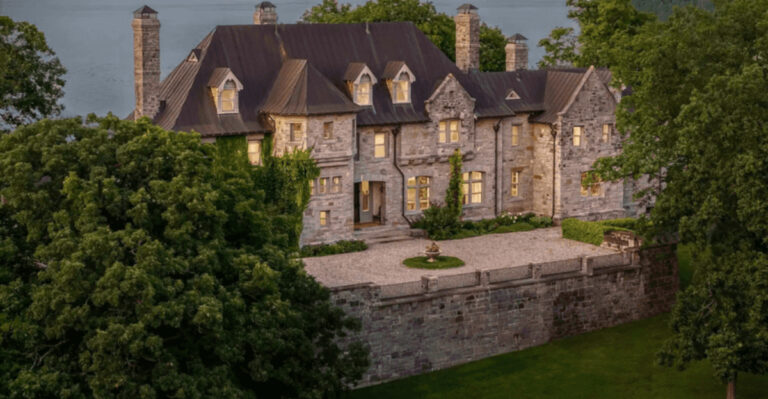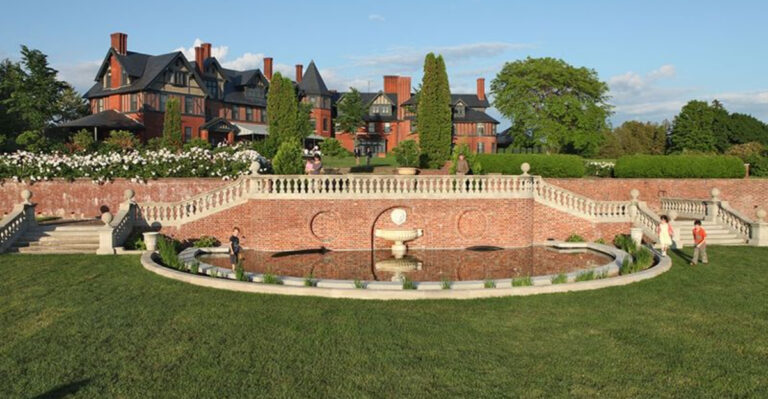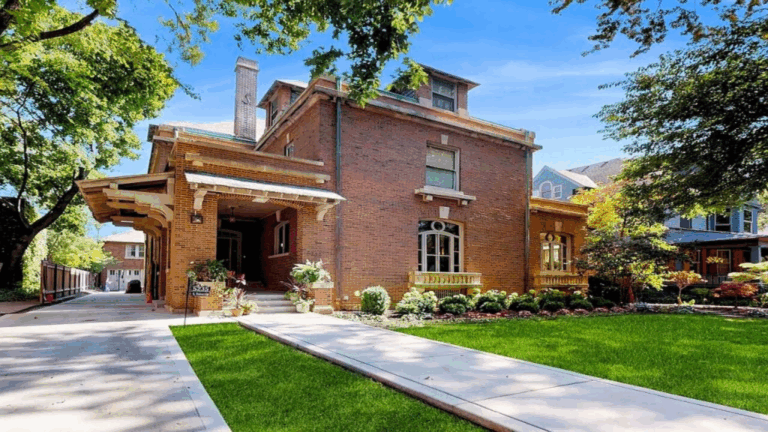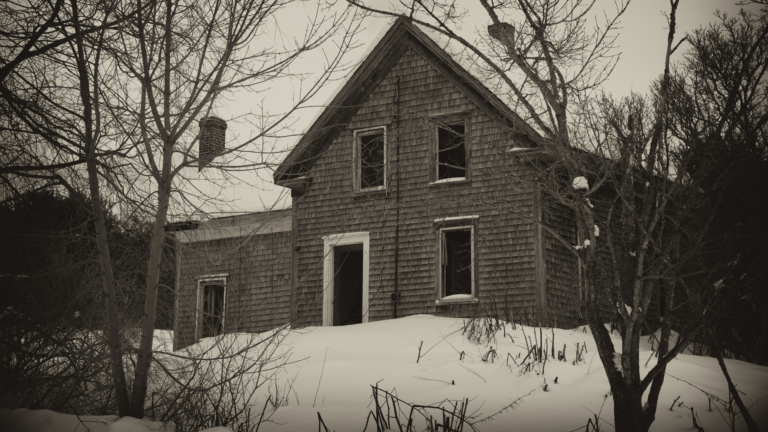17 Neoclassical Houses That Embody Architectural Grandeur
There’s something about neoclassical houses that always stops me in my tracks. With their grand columns, perfect symmetry, and stately facades, they feel like they’ve stepped right out of ancient Greece or Rome, but with a dash of old-world elegance.
I’ve always been drawn to that mix of drama and order, where every detail feels intentional and refined. These homes were built to impress, and honestly, they still do.
From presidential estates to quiet suburban versions, neoclassical design has this timeless grace that keeps inspiring modern architecture. It’s history, beauty, and structure all rolled into one unforgettable look.
1. The White House: America’s Most Famous Address
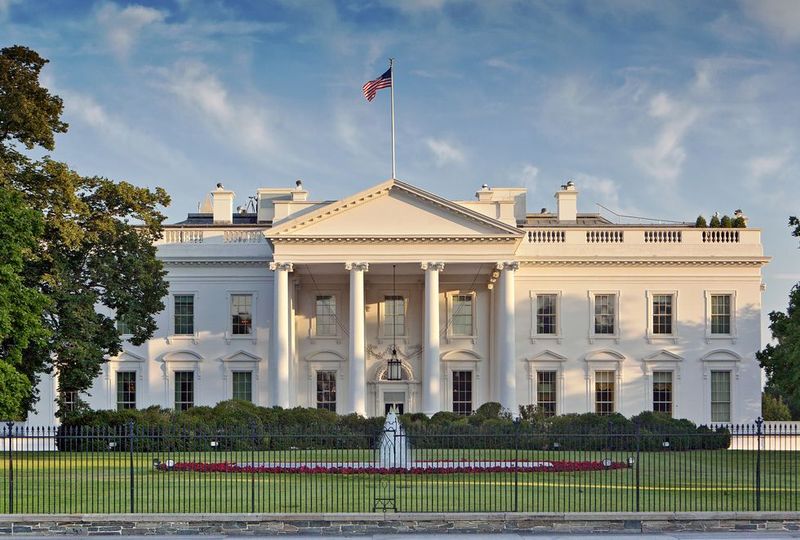
Built between 1792 and 1800, this iconic residence wasn’t always white! Its limestone walls were first painted white to cover burn marks after British forces set it ablaze during the War of 1812.
James Hoban designed this masterpiece with distinctive Ionic columns and a symmetrical façade that perfectly captures neoclassical ideals.
Though not the largest presidential residence globally, its 132 rooms spread across six floors make it a true architectural wonder.
2. Monticello: Jefferson’s Hilltop Masterpiece
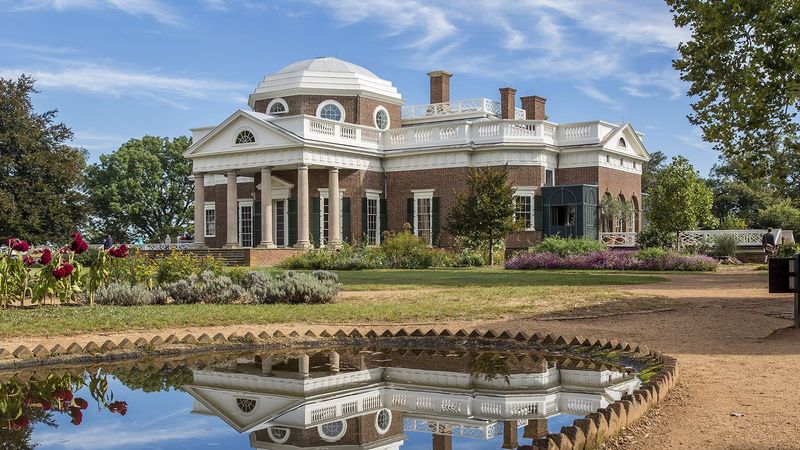
If walls could talk, Monticello would share stories of one of America’s founding fathers experimenting with architectural innovation. Thomas Jefferson spent 40 years perfecting this personal retreat!
Located atop a hill near Charlottesville, Virginia, this UNESCO World Heritage site features a distinctive dome rarely seen in American homes of its era.
Jefferson, a self-taught architect, incorporated clever features like dumbwaiters and skylights that were revolutionary for the late 1700s.
3. Chiswick House: London’s Palatial Villa
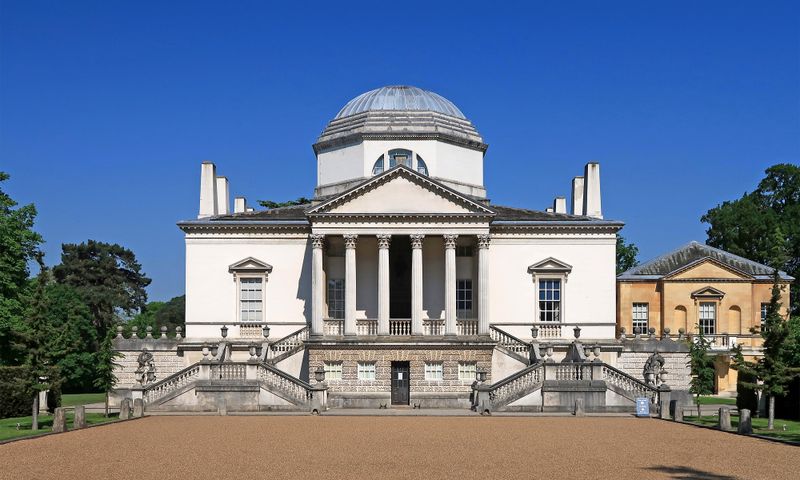
Sometimes the smallest neoclassical homes pack the biggest historical punch. Chiswick House wasn’t built as a full-time residence but as a glamorous showpiece for entertaining!
Completed in 1729 by Lord Burlington, this compact villa introduced Palladian style to England. Its perfect symmetry and magnificent dome influenced countless British country houses that followed.
The surrounding gardens proved equally revolutionary, rejecting formal French designs for a more natural English landscape approach.
4. Petit Trianon: Marie Antoinette’s Escape
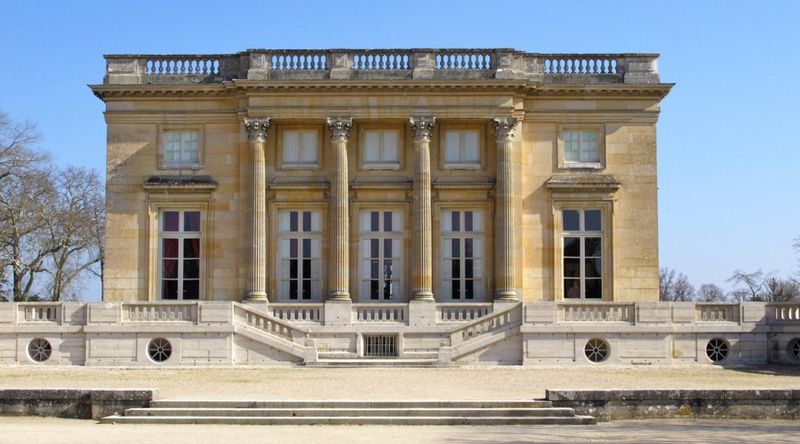
How would you like a private palace as a gift? King Louis XV originally built this jewel-box retreat for his mistress Madame de Pompadour in 1768.
Later gifted to Marie Antoinette, this intimate neoclassical château on the grounds of Versailles became her personal refuge from court life.
With clean lines, restrained decoration, and perfect proportions, it represents a striking departure from the ornate Rococo style that dominated French architecture previously. The surrounding English gardens complemented its elegant simplicity.
5. Kenwood House: London’s Hidden Gem

While tourists flock to Buckingham Palace, locals know Kenwood House offers a more relaxed neoclassical experience. Free admission makes this architectural treasure accessible to everyone!
Remodeled by Robert Adam in the 1760s, this elegant mansion sits peacefully in Hampstead Heath, offering spectacular views of London. Its bright white exterior contrasts beautifully with surrounding greenery.
Inside, the library stands as one of the most stunning neoclassical rooms in England, with its delicate colors and intricate ceiling.
6. Pashkov House: Moscow’s Hillside Wonder
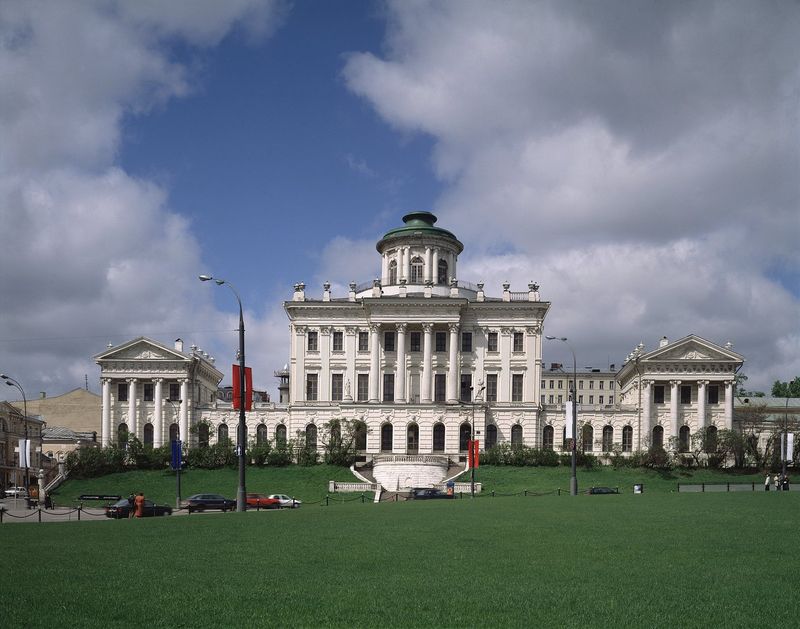
Though it stands across from the Kremlin, many visitors miss this extraordinary mansion with its commanding view of central Moscow. Local legends claim the house was deliberately positioned to look down on the tsars’ fortress!
Built between 1784-1786 by Vasily Bazhenov, Pashkov House features a stunning rotunda and belvedere atop its central portico.
The three-story structure combines Russian and European architectural elements in a uniquely harmonious way. After careful restoration, it now houses part of the Russian State Library.
7. La Rotonda: Palladio’s Perfect Creation
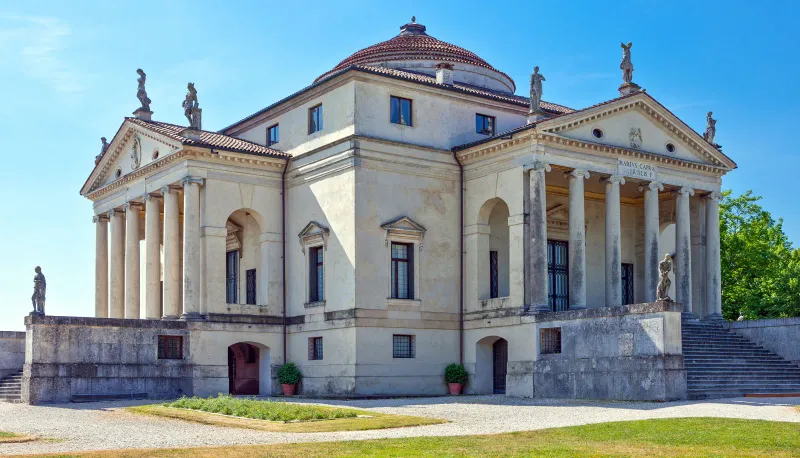
Would you build the same façade on all four sides of your house? Andrea Palladio did exactly that with Villa La Rotonda, creating perhaps the most influential private residence in Western architecture.
Completed around 1592 near Vicenza, Italy, this perfectly symmetrical villa features identical porticos on all sides. Its central dome floods the interior with light.
Though technically Renaissance rather than neoclassical, La Rotonda inspired countless neoclassical mansions worldwide, including Thomas Jefferson’s Monticello.
8. Pavlovsk Palace: Russian Royal Retreat

Most royal palaces scream opulence, but Pavlovsk whispers elegant restraint. Catherine the Great gifted this land to her son Paul and his wife Maria Feodorovna in 1777.
Located near St. Petersburg, this refined country residence combines neoclassical principles with cozy livability. Architect Charles Cameron created a central domed hall with radiating oval and rectangular rooms.
The surrounding English-style landscape park, spanning over 1500 acres, perfectly complements the palace’s graceful architecture.
9. Osterley Park: Banking Fortune’s Showcase
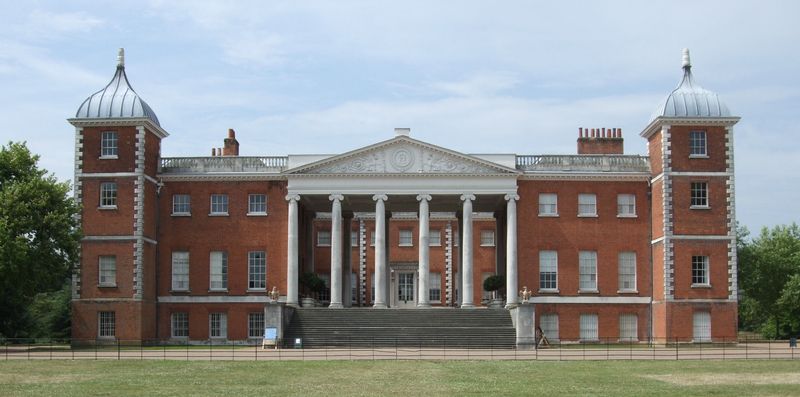
Ever wondered what a banker’s dream home looked like in the 1760s? Osterley Park provides the lavish answer! Banking heir Francis Child hired architect Robert Adam to transform an existing Tudor mansion into a neoclassical showpiece.
Located in west London, Osterley features a striking entrance portico with Ionic columns. Inside, Adam designed every detail down to the furniture.
The spectacular Etruscan dressing room, with its painted walls inspired by ancient vases, demonstrates how neoclassical design could incorporate multiple historical influences.
10. Château de Malmaison: Josephine’s Country Estate

Napoleon Bonaparte might have conquered Europe, but his wife Josephine conquered garden design at their beloved Malmaison. She collected over 250 varieties of roses here between 1800-1814!
Located just west of Paris, this relatively modest château exemplifies the Empire style, France’s distinct take on neoclassicism. Architects Charles Percier and Pierre Fontaine created interiors that balanced classical references with military motifs.
The library, with its vaulted ceiling and mahogany bookcases, particularly showcases this elegant martial style.
11. Mount Vernon: Washington’s Wooden Wonder
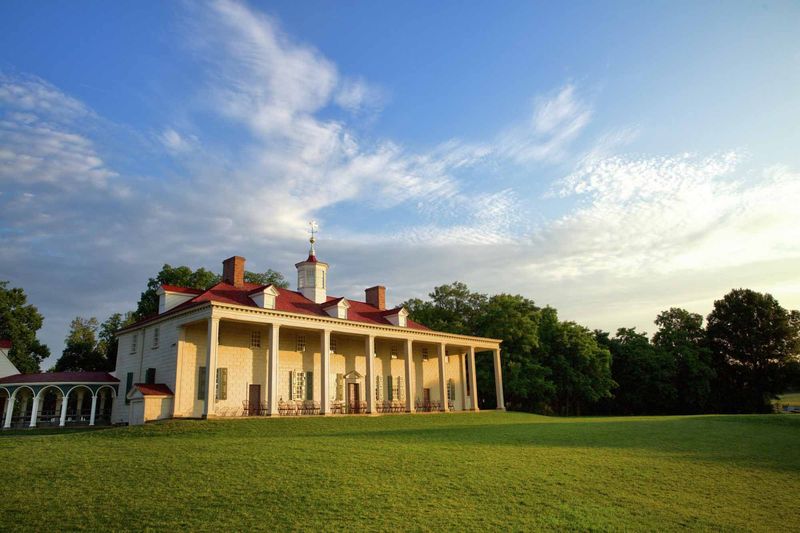
Surprise! Mount Vernon isn’t actually stone but wood carved to look like stone—a technique called rustication. George Washington personally oversaw its expansion from a modest farmhouse to an impressive estate.
Overlooking the Potomac River in Virginia, this plantation house features a distinctive two-story portico spanning its entire river-facing façade.
Though less formally neoclassical than some contemporaries, its symmetry and proportions reflect neoclassical ideals. The iconic cupola wasn’t just decorative—it helped ventilate the house during humid Virginia summers.
12. Kedleston Hall: Curzon Family’s Palatial Home
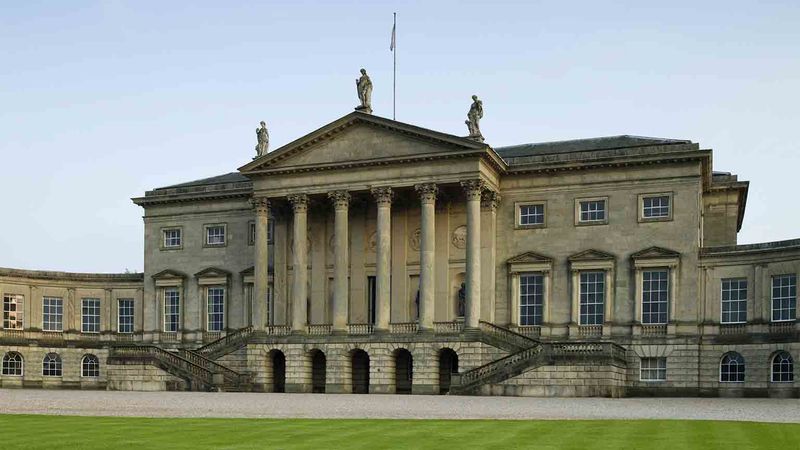
Why build a house when you can create a Roman palace in the English countryside? The Curzon family did exactly that with Kedleston Hall, designed primarily as a showplace for entertaining rather than everyday living.
Completed around 1765 in Derbyshire, this magnificent mansion features a central block connected to two wings by curved corridors. Architect Robert Adam drew direct inspiration from ancient Roman baths for the stunning Marble Hall.
The south front, with its massive Corinthian portico, remains one of England’s most impressive neoclassical façades.
13. Belle Grove Plantation: Louisiana Sugar Baron’s Domain

Sadly, Belle Grove exists now only in photographs—this magnificent mansion was destroyed by fire in 1952. When completed in 1857, it was reputedly the largest plantation house in the South!
Located in Louisiana’s sugar country, Belle Grove combined Greek Revival and Italianate elements in its 75-room design. Massive Ionic columns supported its grand portico.
The central hall featured a curved double staircase beneath a stained glass skylight. Though built on wealth from slave labor, its architectural significance made its loss a national tragedy.
14. Stourhead House: English Country Elegance
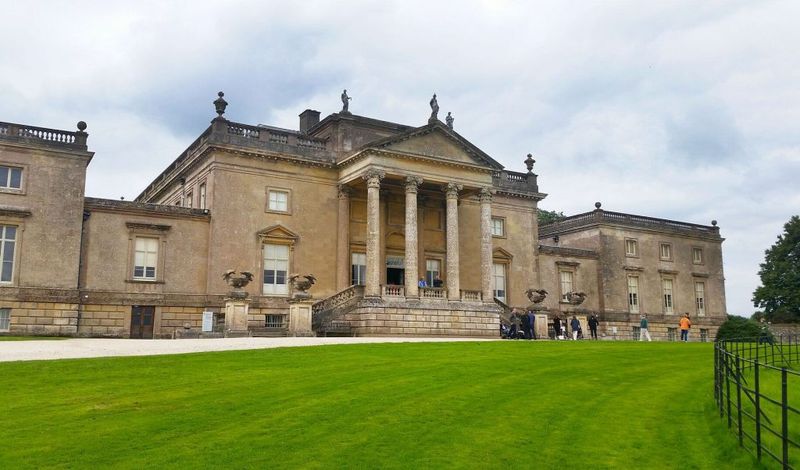
Though most visitors come for Stourhead’s famous landscape gardens, the house itself deserves equal attention. Banker Henry Hoare built this Palladian mansion in the 1720s, predating the full neoclassical movement.
Located in Wiltshire, England, this symmetrical stone house features a central block with projecting wings. Its relatively restrained exterior gives way to richly decorated interiors.
The library showcases floor-to-ceiling bookcases with classical detailing. Unlike many grand houses, Stourhead remains surprisingly livable in scale—a perfect balance of impressive and intimate.
15. Marble House: Vanderbilt’s Newport Extravaganza
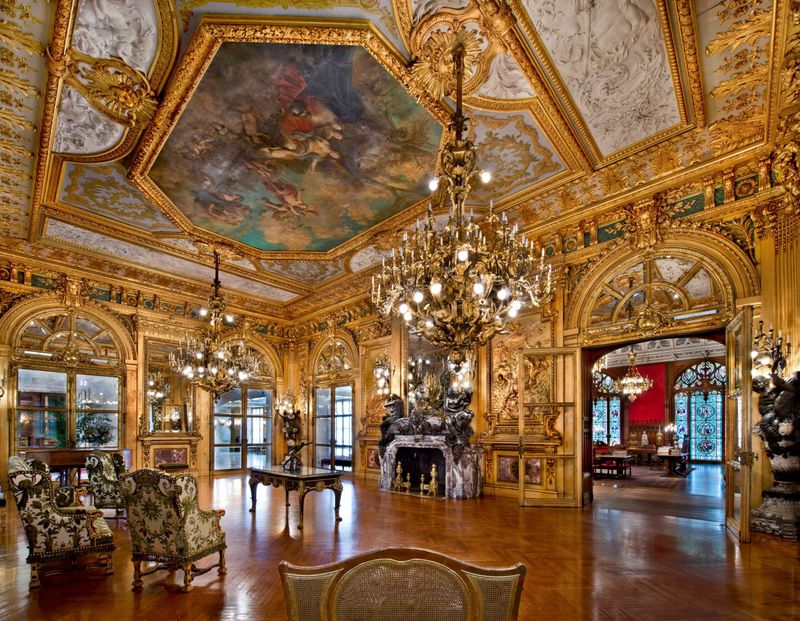
Imagine spending $11 million on a summer cottage in 1892—that’s over $300 million today! Alva Vanderbilt did exactly that with Marble House, using it primarily for lavish entertainments during Newport’s brief social season.
Architect Richard Morris Hunt created this opulent mansion using 500,000 cubic feet of marble. The façade features Corinthian columns supporting a triangular pediment, directly inspired by Greek temples.
Inside, the Gold Room drips with gold leaf ornamentation inspired by Versailles. Though technically Beaux-Arts, its classical elements firmly connect it to neoclassical traditions.
16. Wörlitz Palace: Germany’s English-Inspired Gem
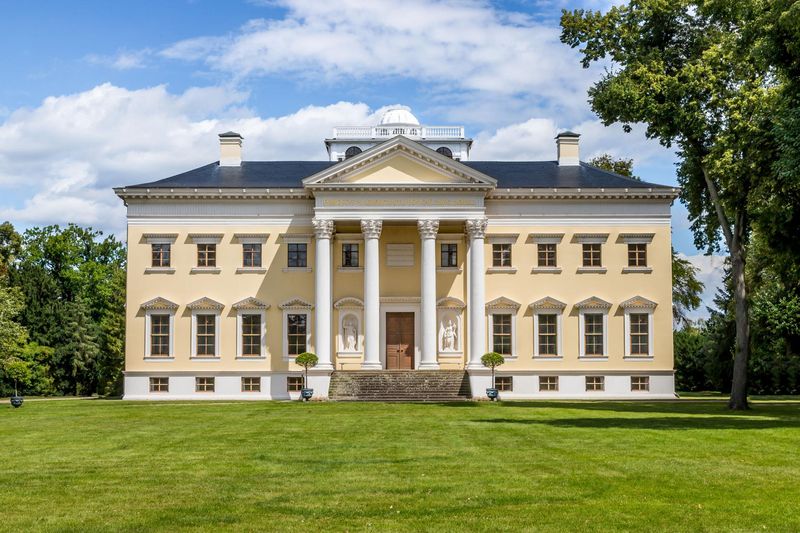
After visiting England in 1765, Prince Franz of Anhalt-Dessau became so enchanted with British architecture that he created Germany’s first neoclassical palace and English landscape garden. Talk about bringing souvenirs home!
Located in Saxony-Anhalt, Wörlitz Palace features a simple rectangular plan with projecting central sections on both main facades. Its relatively modest scale contrasts with typical German baroque palaces.
Inside, the Oval Hall particularly demonstrates neoclassical principles with its balanced proportions and restrained decoration. The surrounding park includes numerous neoclassical garden buildings.
17. Bagatelle Pavilion: Parisian Royal Challenge
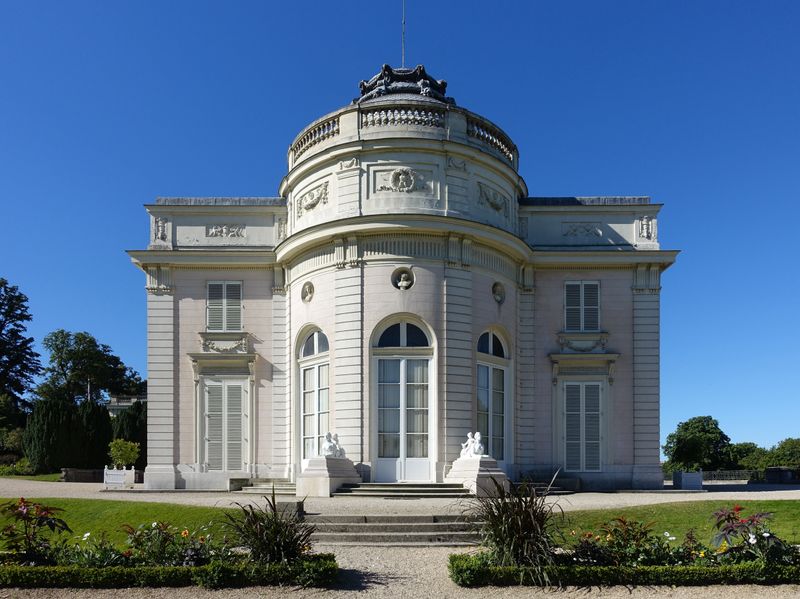
Would you bet you could build an entire mansion in just 64 days? That’s exactly what Count d’Artois (future King Charles X) wagered with his sister-in-law Marie Antoinette in 1777—and won!
Located in the Bois de Boulogne in Paris, this small neoclassical château exemplifies elegant restraint. Architect François-Joseph Bélanger created a compact building with a central rotunda topped by a low dome.
The surrounding landscape, designed by Thomas Blaikie, pioneered the Anglo-Chinese garden style in France. Its name “Bagatelle” means “trifle”—a royal joke about its quick construction.

